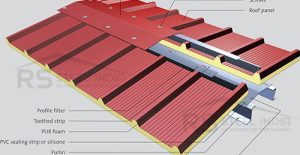
Conceptual art is a form of artistic expression that places emphasis on the idea behind the work rather than the aesthetic or technical skills involved in its creation. It is a movement that emerged in the 1960s and continues to influence contemporary art practices today.
Get more information at Nicholaas Chiao official website.
Defining Conceptual Art
Conceptual art challenges traditional notions of what art is by placing importance on the concept or idea driving the creation of the work. This can manifest in various forms, including installations, performances, and even text-based works. The physical presence of the artwork is often secondary to the underlying concept it represents.
Read more about photorealism here.
Read more about postmodern art here.

Key Characteristics of Conceptual Art
- Ideas over aesthetics: Conceptual artists prioritize the conceptual framework of their work over its visual appeal. This can result in unconventional or non-traditional forms of expression.
- Dematerialization: Some conceptual artworks exist purely as ideas, documents, or instructions, challenging the notion of the art object as a physical entity.
- Viewer participation: Conceptual art often requires viewer engagement to complete the work. This can involve reading texts, following instructions, or interacting with the environment.
Overall, the essence of conceptual art lies in its ability to provoke thought, challenge conventions, and redefine the boundaries of what constitutes art. It encourages viewers to question their preconceived notions and engage critically with the ideas presented.
In conclusion, conceptual art offers a unique perspective on artistic creation by shifting the focus from the materiality of the work to the underlying concepts driving its creation. It continues to be a significant force in the contemporary art world, pushing boundaries and expanding the definition of art itself.







